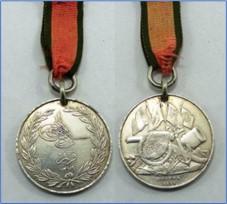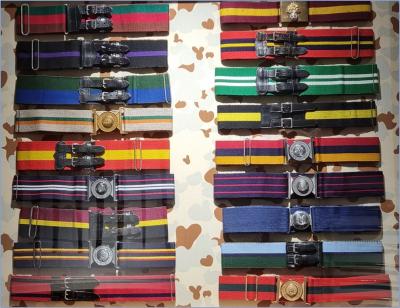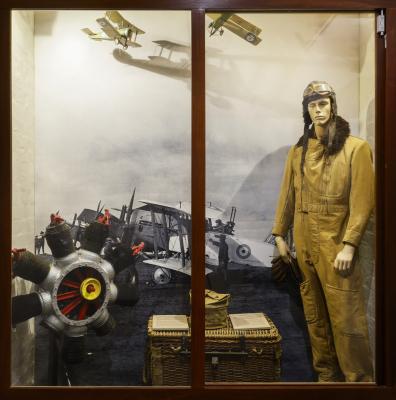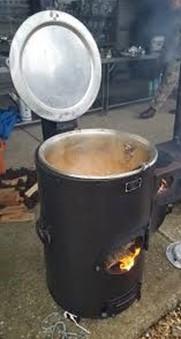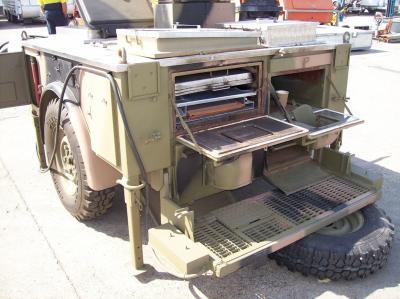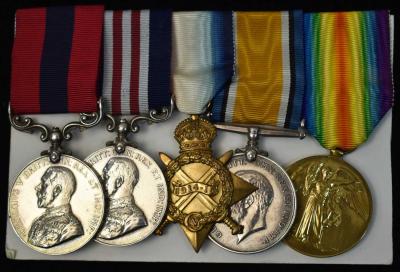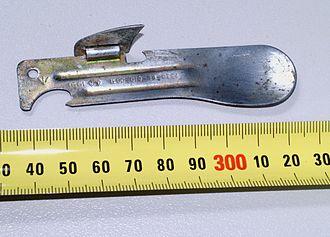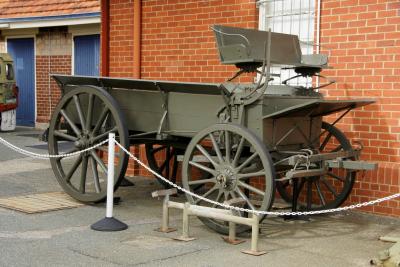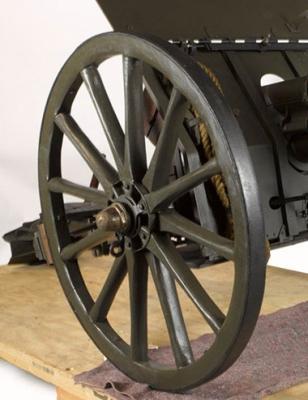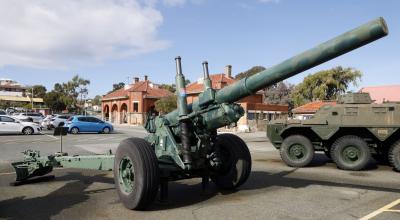British Crimean War Medal
The British Crimean War medal was issued to British servicemen and sailors who served in the Crimean War 1854-55. The medal is silver with the Obverse depicting the diademed head of Queen Victoria with the date '1854' underneath and the legend 'VICTORIA REGINA' around the circumference. The Reverse epicts Roman warrior holding a sword in his right hand and a circular shield with his left whilst being crowned by a small winged figure of Victory. The word 'CRIMEA' is written vertically on the left. The medal is fitted with a foliated swivel suspender and four acorn leaf bars. A piece of 27 mm light blue ribbon with yellow edges is attached to the suspender.
The Crimean War was fought from October 1853 to February 1856 between Russia and an ultimately victorious alliance of the Ottoman Empire, France, the United Kingdom and Sardinia-Piedmont. The Crimean War was one of the first conflicts in which military forces used modern technologies such as explosive naval shells, railways and telegraphs. The war was also one of the first to be documented extensively in written reports and in photographs. The war quickly became a symbol of logistical, medical and tactical failures and of mismanagement. The reaction in Britain led to a demand for professionalisation of medicine, most famously achieved by Florence Nightingale, who gained worldwide attention for pioneering modern nursing while she treated the wounded.
From 1850 to 1868 forty three ships transporting convicts journeyed to the Swan River Colony. In addition to the convicts, there were over 1,000 men of the enrolled pensioner force to guard the convicts at sea and act as an auxiliary military unit after landfall. Many warders and gaolers and some policemen joined the convict establishment to assist in law and order in the Colony. Many of these men of the convict establishment, the convicts themselves and other military pensioners were veterans of the Crimean War. This accounts for many of the medals presented for service in the Crimean War being in the Army Museum collection.
Details
Details
The medal is notable for its unusually ornate clasps. Each is in the form of an oak leaf with an acorn at each end, a style not used on any other British medal. Five clasps were authorised: Alma– for the battle of 20 September 1854; Balaklava – for the battle of 25 October 1854; Inkerman – for the battle of 5 November 1854; Sebastopol– for the siege that lasted from 11 September 1854 to 9 September 1855; and Azoff– for the Naval expedition in the Sea of Azoff from 25 May to 22 September 1855. The ornate, floriated, swivelling suspender is also unique to the Crimea Medal.
Crimean War medals may be found in three locations in the Army Museum. Replicas of all British gallantry and campaign medals may be viewed together in a large display in the Traditions Gallery. In the Pre 1914 Gallery, original medals may be found around the large matchstick model of the Pensioner Guard Barracks and also at the Gallery entrance under the Derbarl Yerrigan presentation.
Open in Google Maps
Nearest geotagged records: View all geotagged records »
Australian Army Museum of Western Australia
Australian Army Museum of Western Australia
More items like this
Other items from Australian Army Museum of Western Australia
- Regimental and Corps Stable Belts
- World War 1, Mannequin Display, SIDCOT Pattern Flying Suit
- Soyer Portable Army Catering Stove
- Wiles Mobile Junior Steam Cooker World War 2
- Motorised Submersible Canoe "Sleeping Beauty"
- Kitchen Field Mobile (KFM)
- Distinguished Conduct Medal - WX14757 Corporal Merv Hall, 2/16 Battalion
- Medal Group including Distinguished Conduct Medal and Military Medal 3400 Sergeant John Alexander SPENCE, 12 Battalion AIF and 52 Battalion AIF
- Food Ration Eating Device (FRED)
- General Service Wagon World War 1
- Artillery Pattern Wheel
- 5.5 Inch Gun
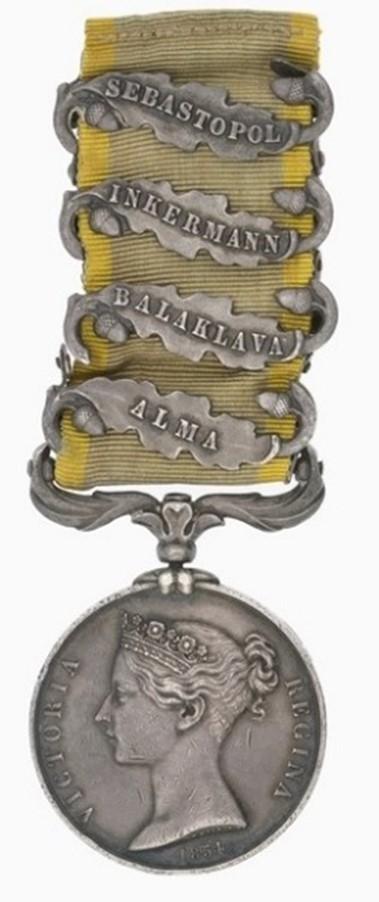

Scan this QR code to open this page on your phone ->

